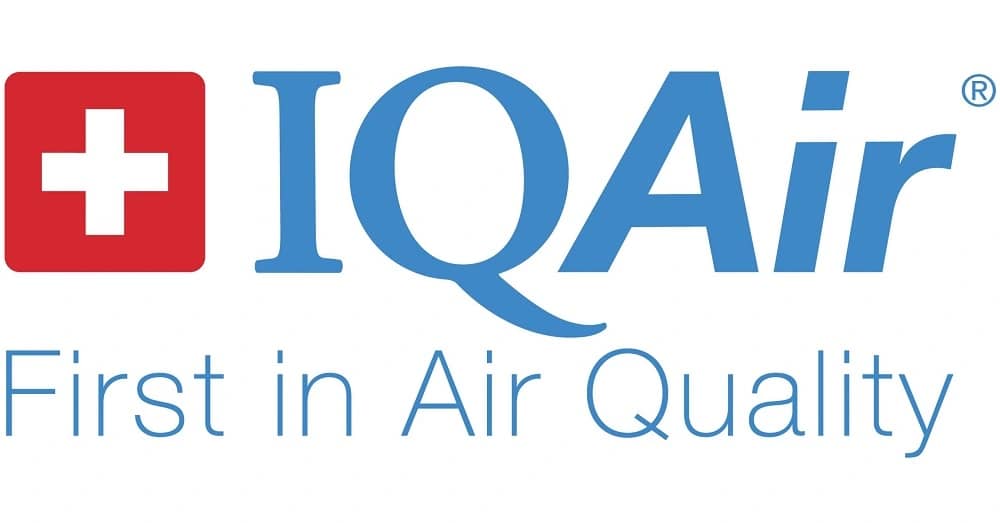India’s air quality crisis deepens as it ranks third in air pollution globally, according to the IQAir Report 2023. With an average annual PM2.5 concentration of 54.4 micrograms per cubic metre, India trails behind Bangladesh and Pakistan, marking a concerning trend in environmental health.
In 2022, India held the eighth position in global air pollution rankings, with an average PM2.5 concentration of 53.3 micrograms per cubic metre. However, the country’s alarming ascent in pollution levels underscores the urgent need for comprehensive mitigation strategies.
The IQAir Report highlights that 42 out of the top 50 most polluted cities in the world are located in India. Begusarai emerges as the most polluted metropolitan area, followed closely by Guwahati and Delhi, reflecting the pervasive nature of air quality challenges across the country.
Begusarai, a city in Bihar, witnessed a staggering increase in PM2.5 concentration from 19.7 to 118.9 micrograms per cubic metre between 2022 and 2023, signaling a rapid deterioration in air quality. Similarly, Guwahati and Delhi experienced significant spikes in pollution levels, exacerbating public health risks.
The report underscores the global scale of the air pollution crisis, with key findings revealing the dominance of Asian countries among the top polluted nations. Moreover, Africa remains significantly underrepresented in air quality monitoring efforts, highlighting disparities in access to environmental data.
Despite concerted efforts to combat pollution, challenges persist worldwide. China witnessed a 6.3% increase in PM2.5 levels, breaking a five-year declining trend. Additionally, Canada’s emergence as the most polluted country in Northern America signifies evolving environmental dynamics.
As stakeholders grapple with the complexities of air pollution, the IQAir Report serves as a critical resource for understanding global trends and informing policy interventions. Addressing this multifaceted challenge demands collective action, innovation, and sustained commitment to safeguarding public health and the environment.






